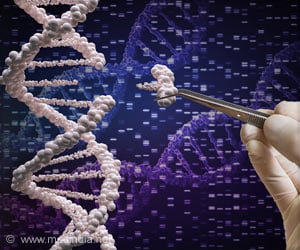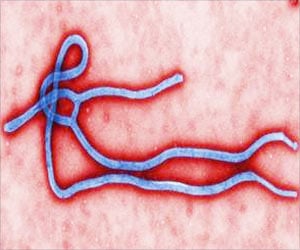A recent study reveals that jumping genes appear to be able to delete sections of DNA, an effect that could cause disease and have profound implications for the evolution of the human genome. It was known previously that components of DNA called Line 1 elements jumped around, inserted themselves in the middle of genes and had disruptive effects, but this is the first time it has been shown they actually can delete significant portions of DNA, John Moran, an author of the study and assistant professor of human genetics and internal medicine at the University of Michigan Medical School, said in describing the results of the research.
These L1 elements technically are classified as transposons -- bits of DNA that can move around to different positions on the genome of a single cell -- could have implications for causing disease, but some of the deletions also may be beneficial, Moran told United Press International.Haig Kazazian, chairman of the University of Pennsylvania's department of genetics and author of an accompanying review of transposons, said the study shows L1 elements "could have substantial effect on the evolution of the genome and how it's changing."
Although they have been linked to some diseases, "they're not a huge contributor" to causing disease, he told UPI. For example, "we don't think they are a frequent cause of cancer," he said. "The real significance of L1 elements is the evolution of the genome," he said, noting humans have 520,000 of them in our genome.
The research was done with a strain of human tumor cells so it is not yet known if the gene jumping occurs in normal, healthy cells, Moran explained. However, a connection is likely because it has been seen in mice cells and we now know it occurs in human tumor cells, he said. The jumping occurs primarily in sperm and egg cells and not in other cells of the body, he noted, which means any mutation effect they have is already present in our bodies at birth.
The L1 elements use a process called reverse transcription to move about and insert themselves into DNA sequences. The researchers found four of 37 jumping events resulted in deletions of genetic material. One of the deletions was nearly as large as an entire gene.
Although they once were labeled junk or useless DNA, these jumping elements have been known for some time to affect the genome profoundly. L1 elements, which account for about 17 percent of our genome, have been implicated in a type of hemophilia -- a condition in which the blood does not clot after a cut -- and several other diseases.







